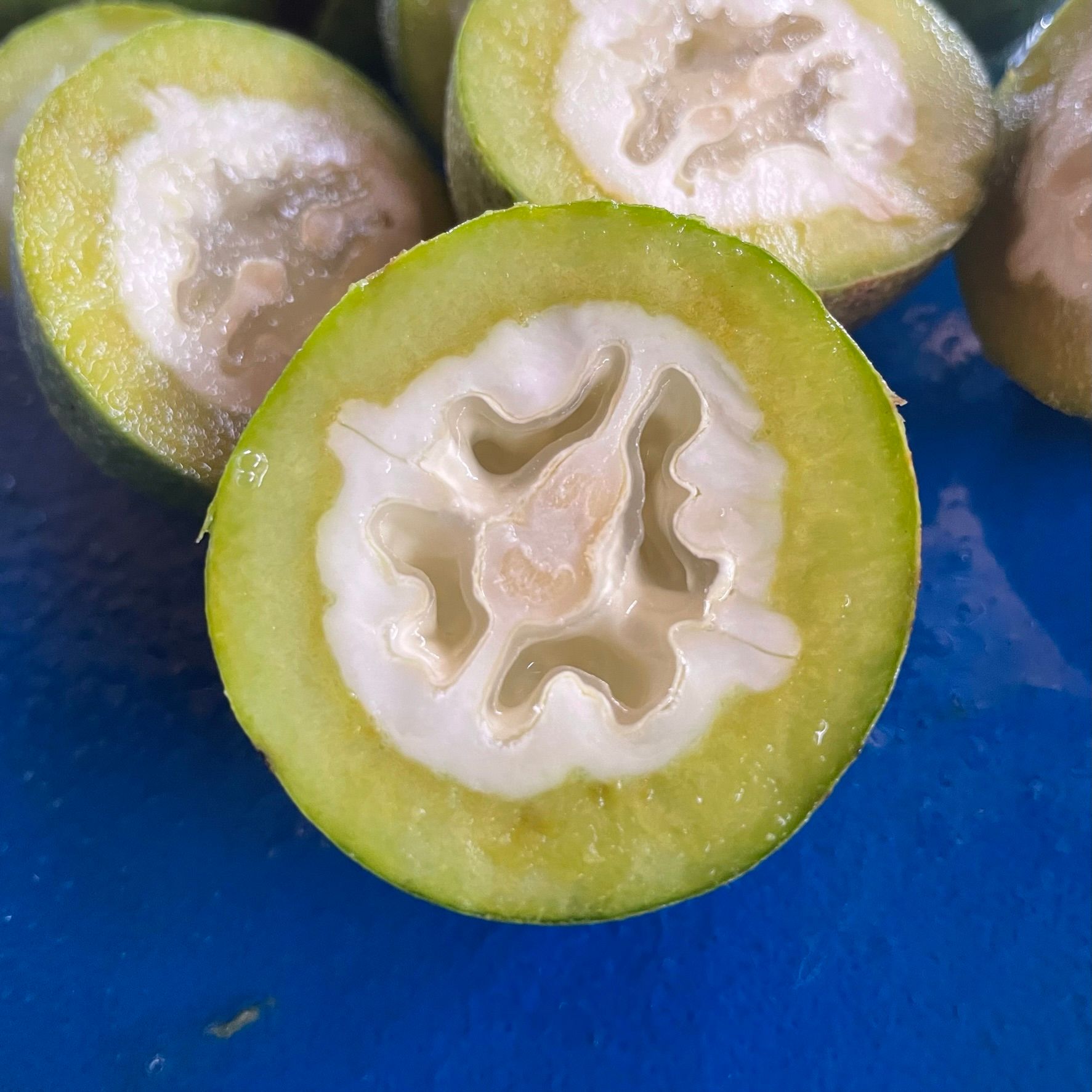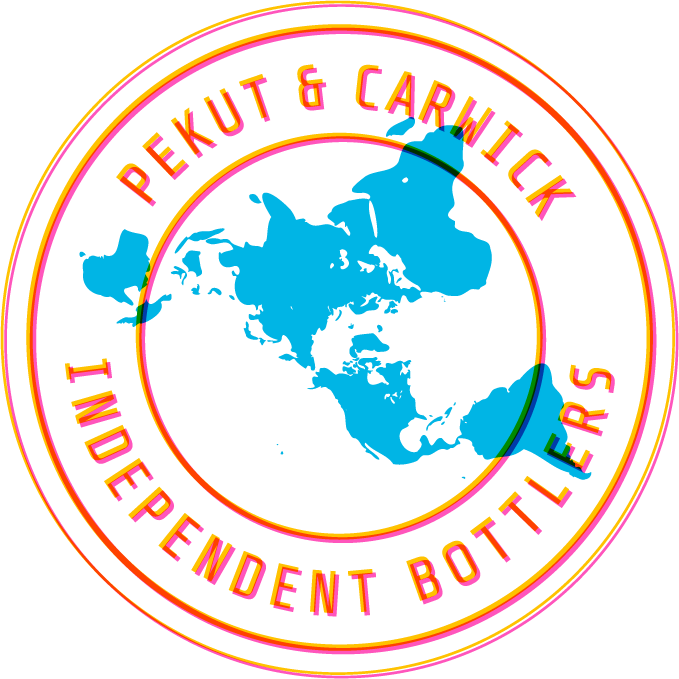Hold on to your walnuts, we're making Nocino!

Hi Folks,
We just hauled 175 pounds of green walnuts from Santa Cruz back to our Berkeley warehouse and have been hand-slicing our way through the enormous pile for maceration in grape brandy.
What are we up to? We’re making nocino!
If you’re not familiar with nocino, it’s one of Italy’s most popular digestifs, an amaro-adjacent liqueur infused primarily with the nutty, bitter flavors of green walnuts.
Amari in general, and nocino specifically, are distilled spirits macerated with bitter aromatics, sweetened with sugar, and sometimes aged, filtered, or clarified. But while amari can be infused with a wide array of botanicals, fruits, and spices—often a proprietary blend of all three—nocino is relatively simple and exists mostly to highlight the unique flavor of underdeveloped walnuts, although clove, cinnamon, vanilla, and citrus peel are also sometimes added. And because we’re passionate about showcasing California agriculture in our spirits, we couldn’t pass up the opportunity to nab some walnuts from a nearby organic farm while they were still green, juicy, and just before the hard shell started to form.
Italians have been making nocino since the 13th century
Legend has it that barefoot virgins were tasked with collecting the nuts on the festival of Saint John (June 23-24), just after the summer solstice. Some folks abide strictly by the June 24th deadline, and in his book Drinking French, renowned chef David Lebovitz admits to having been “harvest shamed” on social media for sharing that he collected his walnuts for vin de noix (the French version) after June 24th. We likewise did not make it to the farm on time, and we also confess to being neither barefoot nor—uh—chaste when we collected our nuts. Don’t judge us too harshly. We’re pretty sure none of that matters.
The date of June 24th is just a helpful marker for when to collect the walnuts while they are still green (to be fair, climate change is kind of messing this up). At this stage of development, the shell of the walnut has not hardened, and the nut inside is only partially formed. From the outside to the inside, the cross section in our photo above shows green husk, still-soft shell, and then a good deal of viscous jelly that will eventually be the walnut. The green walnuts are typically halved, covered in spirits, and left to macerate for a few months before being strained, rebottled, and aged. By December, bottled nocino should be approachable at least, and its bitter-toasty-spiced flavors are a well-loved Christmas treat in Italy. That said, many nocino producers allow their liqueurs to age for an additional year or two.
We avoided dyeing our hands, cutting boards, and clothes greenish black by wearing gloves and working fast, then we covered the walnuts with grape brandy from Marian Farms in Fresno, added a little sugar, and sealed it up to work its magic. In a few weeks, we’ll taste it. In a few months, we’ll strain and cask the bitter liquid, allowing it to rest and mellow until…who knows? When it's ready. We weren’t afraid to break the chastity rule, so we won’t fret if this isn’t ready by Christmas. We’ll keep you posted, but we’re thinking sometime in 2025.
Want to make your own nocino?
Here are some of our favorite references:
The Drunken Botanist: The Plants That Create the World's Great Drinks (for some good info on where walnuts come from and a recipe)
Drinking French (for David Lebovitz's vin de noix—the French version of nocino)
This is Camino (from our favorite Bay Area restaurant, sadly no longer with us)
